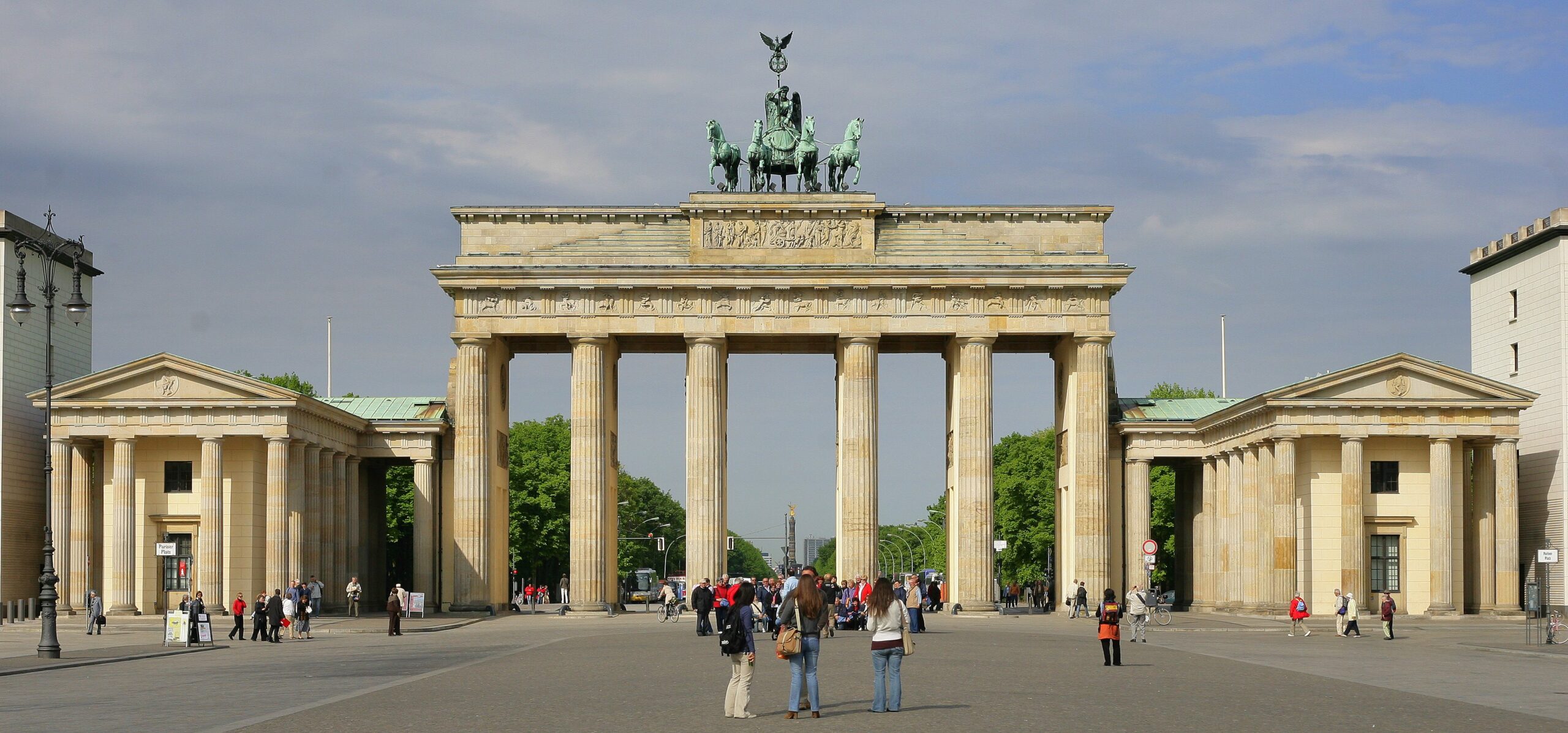Berlin, the capital of Germany, stands as a testament to resilience, reinvention, and the unyielding spirit of its people. A city with a complex history, Berlin has transformed itself into a vibrant metropolis that seamlessly blends its rich past with a forward-thinking and innovative present. From the remnants of the Berlin Wall to the cutting-edge architecture of Potsdamer Platz, Berlin is a dynamic tapestry that captures the essence of German history, cultural diversity, and contemporary vitality.
The Berlin Wall, which once divided the city both physically and ideologically, is an iconic symbol of Berlin’s tumultuous past. While much of the wall has been dismantled, remnants and memorials, such as the East Side Gallery, stand as poignant reminders of the Cold War era. The Topography of Terror Documentation Center, situated on the former site of the Gestapo and SS headquarters, delves into the darkest chapters of Berlin’s history, offering a comprehensive look at the Nazi regime’s atrocities.
The Brandenburg Gate, an 18th-century neoclassical monument, has become a symbol of German unity. Once a symbol of division during the Cold War, the gate now stands as a powerful testament to the reunification of East and West Germany. The nearby Reichstag building, housing the German federal parliament, boasts a modern glass dome offering panoramic views of the city, symbolizing transparency in government.
Museum Island, a UNESCO World Heritage site, is home to five world-class museums, including the Pergamon Museum and the Neues Museum. These institutions showcase artifacts from ancient civilizations, classical antiquity, and art spanning various periods. The Berlin Cathedral, with its impressive dome, presides over Museum Island, adding to the architectural splendor of this cultural enclave.
The vibrant neighborhood of Kreuzberg embodies Berlin’s multicultural spirit. Once a hub for alternative lifestyles and counterculture, Kreuzberg has evolved into a dynamic district with a diverse population, eclectic street art, and a thriving arts scene. Görlitzer Park, known for its relaxed atmosphere and diverse community, is a popular spot for picnics and leisurely afternoons.
Berlin’s commitment to innovation is evident in its modern architecture and technological advancements. Potsdamer Platz, once a desolate no-man’s-land during the division of the city, has been transformed into a bustling urban center with sleek skyscrapers, entertainment complexes, and shopping malls. The Sony Center, with its iconic glass roof, stands as a symbol of Berlin’s renewal and embrace of the future.
The Berliner Philharmonie, home to the renowned Berlin Philharmonic Orchestra, is a testament to the city’s dedication to the arts. Designed by Hans Scharoun, the concert hall is an architectural masterpiece, and its distinctive tent-like roof has become a symbol of Berlin’s commitment to cultural excellence. The city’s cultural scene extends to the East Side Music Days, an annual music festival held along the Spree River, showcasing local and international talent.
Berlin’s diverse culinary scene reflects its multicultural population. From traditional German fare like currywurst and schnitzel to international cuisines representing the city’s global influences, Berlin’s food scene is a gastronomic adventure. The Turkish Market in Kreuzberg, offering a plethora of fresh produce, spices, and street food, adds a multicultural flair to the city’s culinary landscape.
Berlin’s green spaces, such as Tiergarten and Treptower Park, provide ample opportunities for recreation and relaxation. Tiergarten, a vast urban park in the heart of the city, offers walking and cycling paths, picturesque lakes, and iconic landmarks like the Victory Column. Treptower Park, home to the Soviet War Memorial, combines historical significance with scenic beauty along the Spree River.
Festivals and events, such as the Berlin International Film Festival (Berlinale) and the Carnival of Cultures, contribute to the city’s lively atmosphere. The Berlinale, one of the world’s leading film festivals, attracts filmmakers and cinephiles from around the globe, while the Carnival of Cultures celebrates Berlin’s diversity with a colorful parade, music, and performances.
In conclusion, Berlin stands as a city of contrasts and complexities, where history and innovation coexist, and cultural diversity thrives. From the remnants of the Berlin Wall to the pulsating energy of contemporary neighborhoods, Berlin invites visitors to explore its multifaceted identity. The city’s ability to reinvent itself while honoring its past is a testament to the resilient spirit that defines Berlin, making it a captivating destination that continues to evolve with the changing tides of time.

